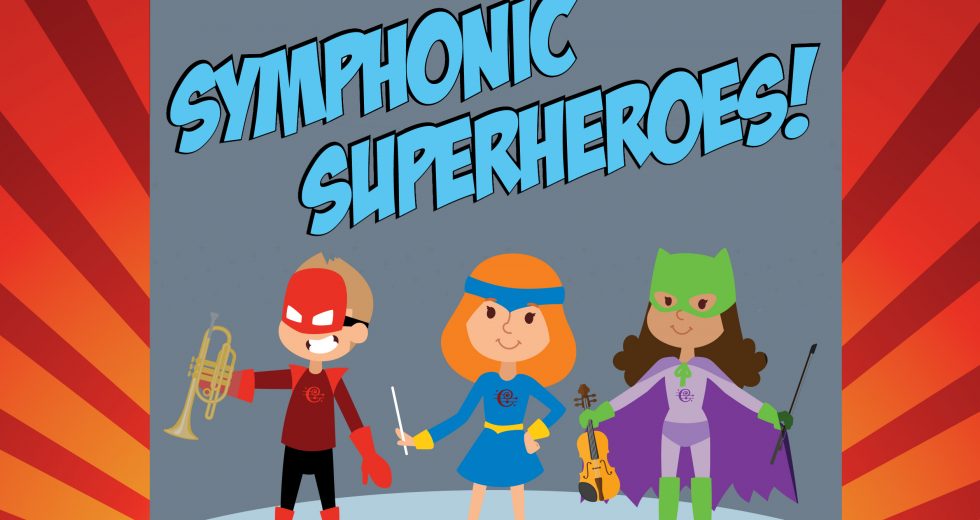
Explore the activities below with your child(ren) before arriving at Symphony Center–they’re perfect for your car or train ride downtown!
LISTEN before the concert, using our Spotify playlist. You can access it below or via this link. playlist on Spotify.
*Note that a free account is required to use Spotify.
INSTRUMENT IDENTIFICATION
Your child will see many different instrument families at the concert today. Show him or her these pictures of each instrument family before you arrive. After finding your seats at the concert, ask your child if he or she can identify any of the instrument families!
MUSICIAN SPOTLIGHT
Learn more about musicians from the Chicago Symphony Orchestra! Continue reading below to discover more about CSO bassoonist Miles Maner.
- Miles grew up in Austin, Texas
- Miles began playing the bassoon at age 13.
- He took piano lessons when he was a student, and played the trumpet and clarinet in his high school marching band.
- Miles believes in the importance of learning, even if the situation is frustrating or difficult.
“Look for inspiration all around you. If you stay inspired, you can conquer any challenge.”
QUICK COMPOSER FACTS
Pytor Ilyich Tchaikovsky
- Tchaikovsky showed signs of being a talented musician at a young age, but his parents encouraged him to study law instead, which was considered a more respectable career at the time.
- He left his legal job to study and compose music, including his Fourth Symphony. When it premiered it was not well-liked by the public, and though it was hard for Tchaikovsky to hear harsh words about his music, he continued to compose symphonies, concertos, operas and ballets.
Cindy McTee
- McTee discovered her love of composing through a piano teacher who encouraged improvisation.
- Circuits premiered in 1991 and is known for its high energy and jazz influences.
Nikolai Rimsky-Korsakov
- Enjoyed listening to Russian folk songs, church music and opera during his childhood.
- Composed his first symphony while on a navy ship.
- After leaving the navy, he taught at the St. Petersburg Conservatory (which is now named for him!).
Aaron Copland
- Though he studied in France, Copland became famous for creating music with an “American” sound.
- After the United States joined World War II, Copland was asked to compose a piece with an “American” theme. He composed a short ballet about pioneers celebrating the arrival of warm weather, calling it “Appalachian Spring.” It premiered at the Library of Congress in 1944, and Copland was awarded the Pulitzer Prize for his work.
Igor Stravinsky
- Stravinsky learned composition from Rimsky-Korsakov
- His work The Firebird was written for Serge Diaghilev, head of the Ballets Russes. It premiered in 1910, and tells the story of a magical, glowing bird. Due to its success, Stravinsky wrote other ballets for Diaghilev, including Petrushka, Pulcinella and The Rite of Spring.
Aaron Jay Kernis
- Kernis began writing music at the age of 13 and received numerous student awards for his work.
- Due to the many teachers he has worked with in his career, his style is a mixture of several musical types.
- Musica Celestis is one of Kernis’ most famous orchestral works. The title comes from a sixth century writer named Boethius, who said that “musica celestis” should be considered the “music of the gods.”
Dmitri Shostakovich
- Wrote his first symphony by the age of 19
- Because of the views of the Soviet Union, Shostakovich had to resort to writing “safe” music to stay out of jail
Ludwig van Beethoven
- As a young boy, Beethoven became a traveling performer and was soon supporting his entire family
- Beethoven realized he was going deaf at the age of 30. Although he could no longer hear, he could still compose music, and in fact, composed some of his best music after becoming deaf!